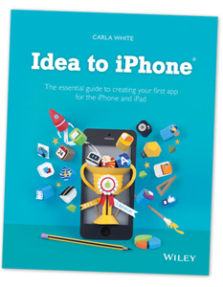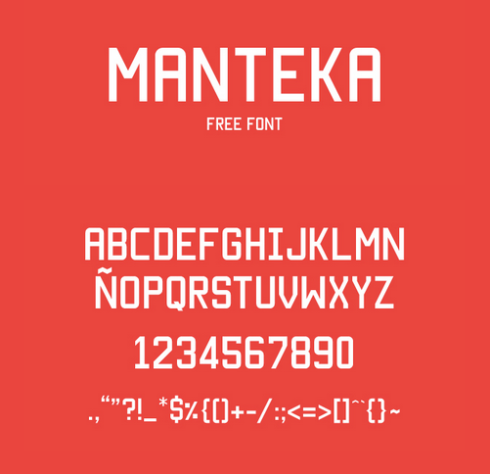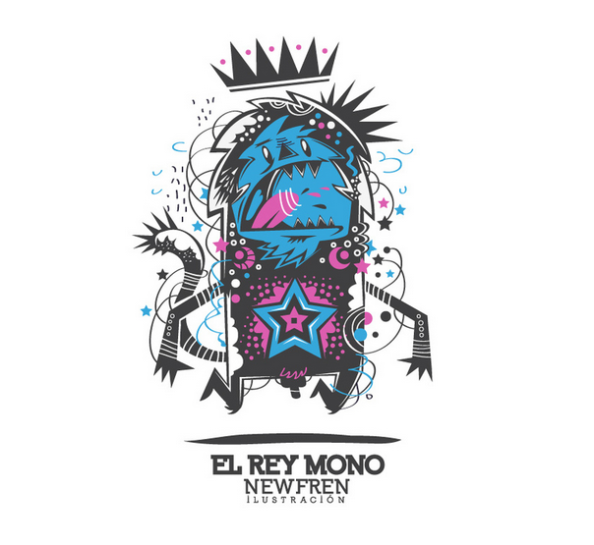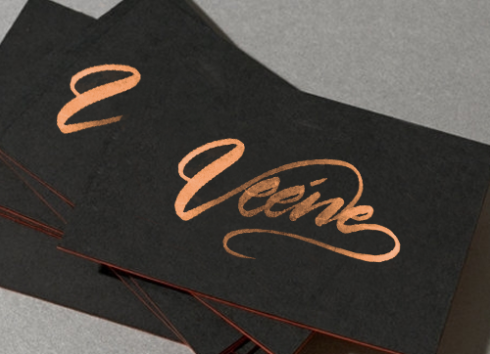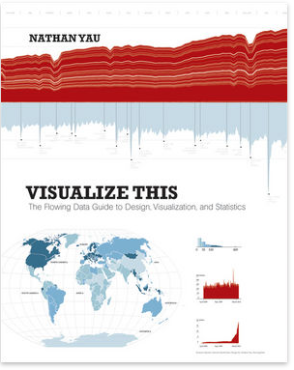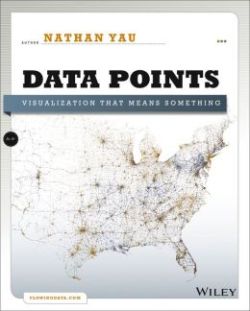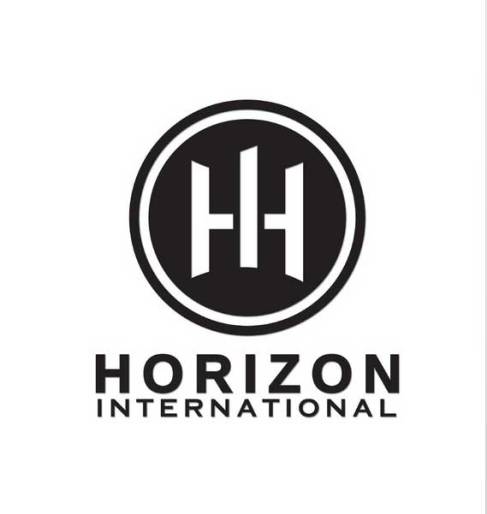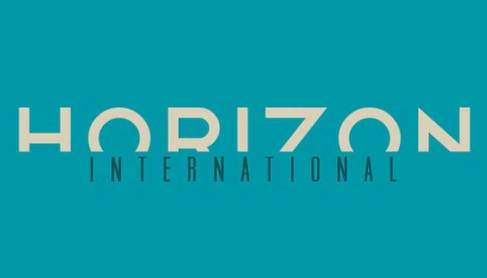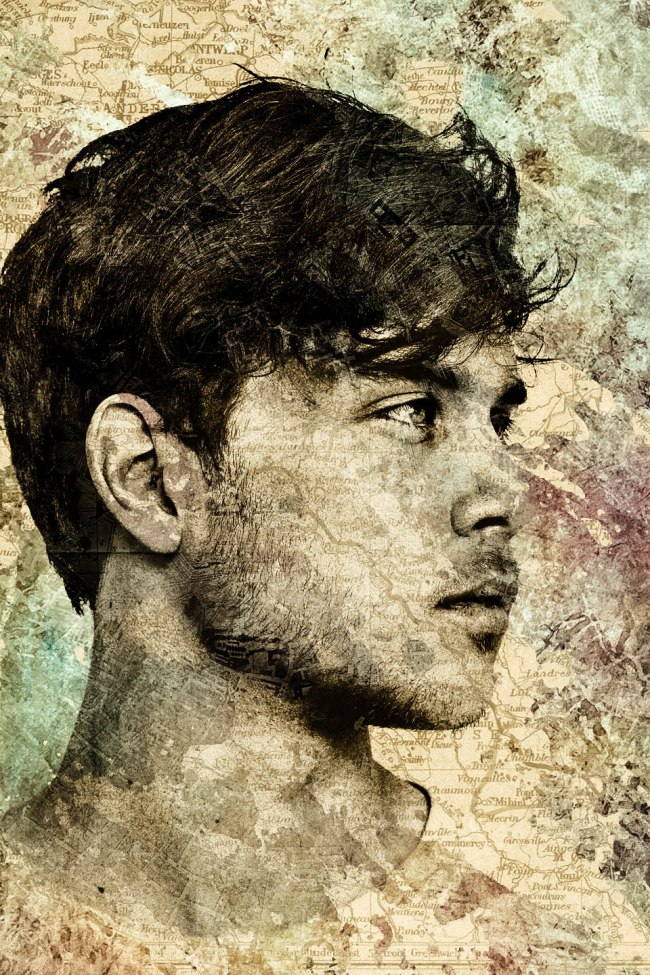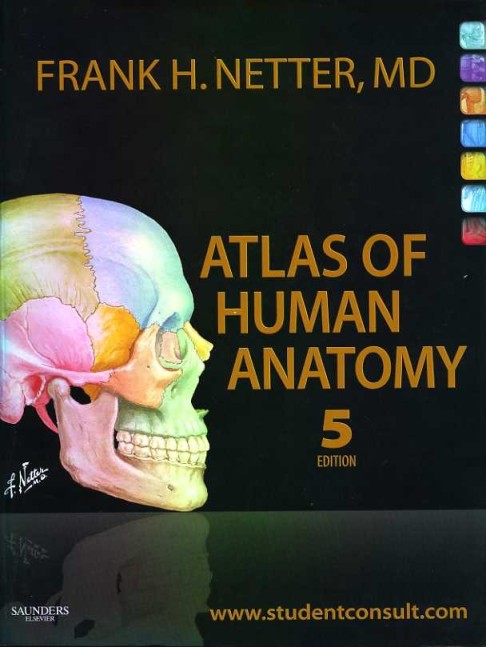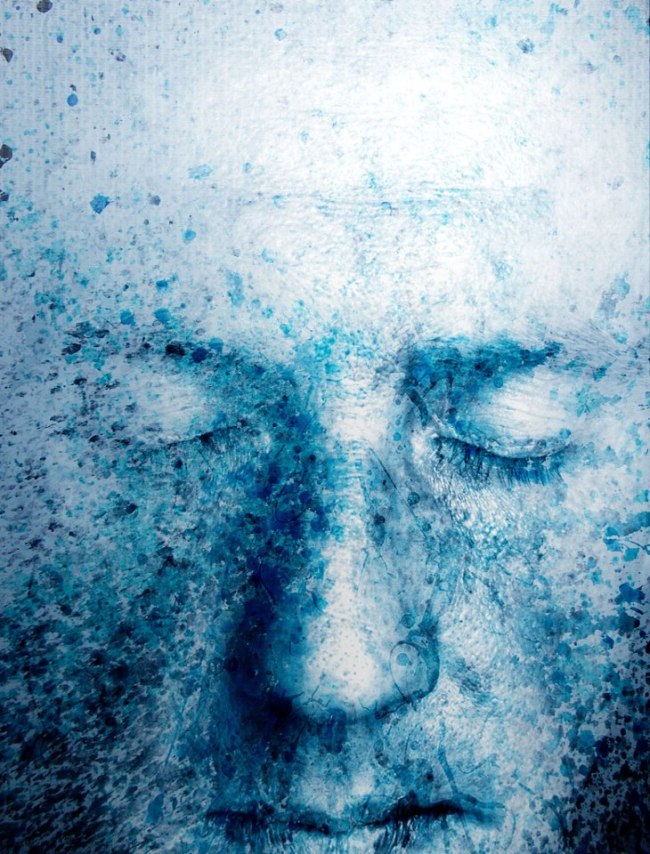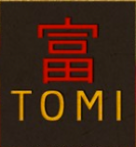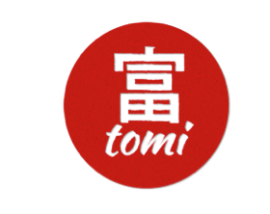Why I Had A Leave Of Absence
Sorry again to everyone that follows this blog. I had to put my writing on the back burned because I was working 50+ hours a week at the hospital and trying to finish my freelance projects that I had going. I was finding that I couldn’t get anything done and I was drowning in work and everything started to pile up. It was starting to feel like the trash compactor scene from Star Wars Episode IV – A New Hope. It made me take a hard look at myself and the goals that I have set for the next two years. And I found that I wasn’t getting my freelance work done. Which was the reason I moved back in with my parents in the first place. To get my name out there and save up money to move elsewhere. So I decided to take a leap of faith, and quit one of my jobs and pursue freelancing full-time. So instead of working 50 + hours a week at the hospital I would be working 35 hours on design work/ getting new clients and 15 at the hospital. That would give me enough cushion for the times that I wouldn’t have client work. So, I doubt this will be the last time that I take a leave of absence from writing for this blog but I can tell you this. I will never stop designing and I will never stop writing. So if you have made it this far into the paragraph I wanted to say thank you.
Unfortunately I have to wait a little while until I can release some of my work on Behance for an update. I need to make sure that the work is copyrighted correctly before I can upload the work so stay tuned for that. I’m also doing a project in the program Sketch Up so when that is all said and done I will make a post devoted to not only learning sketch up but my process for approaching a project like making concepts for a building design. I also plan on doing weekly book reviews for books in the design field as well as books that can be applied to graphic design for further learning outside of our profession. Also I want to come up with little design challenges each week. I would love for people to comment on the challenges below with their solutions. Just another way to make your design skills that much more elastic.
Book Review
I just got done with the book Idea to iPhone: The essential guide to creating your first app for the iPhone and iPad. It is a great book about how to get into the app industry. What is great about this book is that it doesn’t necessary teach you how to create an app from the coding perspective( which many great books and resources are available about) but it teaches you about the industry, how to promote your app, and the common pitfalls that happen in the process of making an app. It also covers some of Apples weird rules when it comes to the App Store. Overall, without giving too much of the detail away I would say this is a great book for anyone who is fascinated with the process of developing apps for the mobile market. This book is App Store specific but a lot of great tips for making apps in general are included. Even if your focus is the Android market you can learn a lot from Carla White, she has a lot of wisdom in this newer market and this book is has an enormous amount of information in it about app development. Check it out today. Here is the link to the website as well as Carla White’s twitter.
https://twitter.com/carlawhite
Thank you,
Tim

